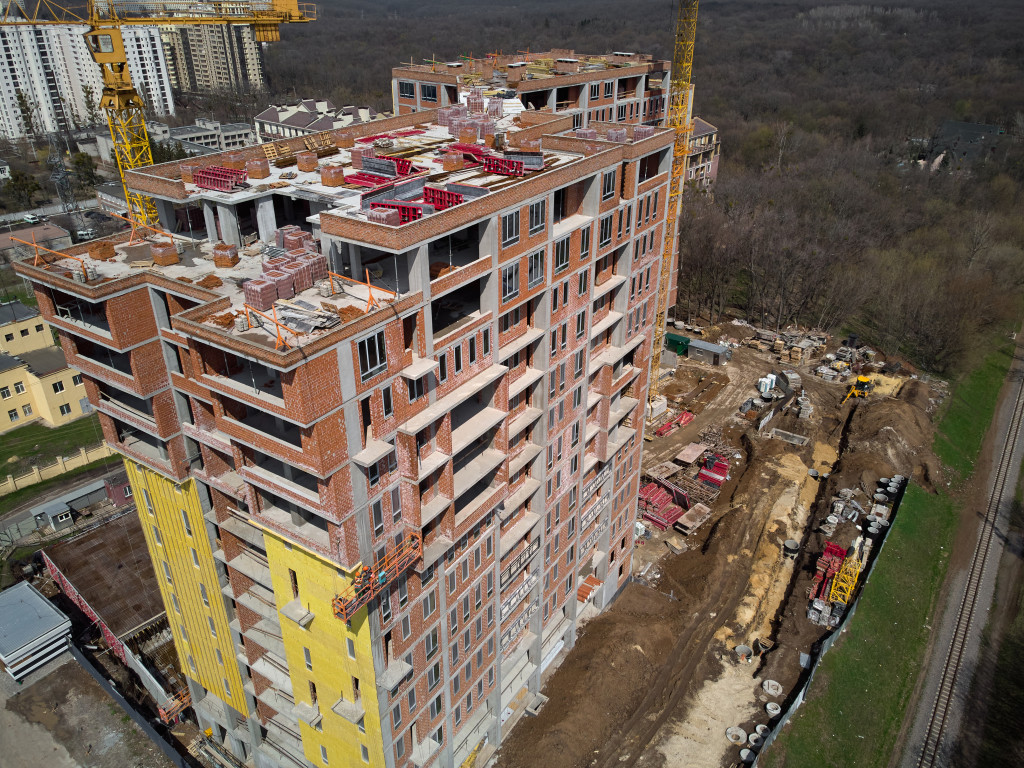- Commercial building projects can create job opportunities that can help reduce poverty and boost economic development.
- These projects can also bring revenue from property taxes, expansion of local businesses, increased attraction of tourists, and increased investments.
- Infrastructure improvements such as plumbing and roads are created during construction.
- Environmental concerns should be addressed to minimize any potential impacts on the environment.
- Traffic congestion can be managed with traffic management plans and public transport initiatives.
Commercial building projects can significantly impact the local communities surrounding them. New buildings promise various benefits that can be divided between the public, local businesses, and the owners or developers. But some potential adverse impacts must be considered when planning commercial projects. Thus, commercial building projects can be both a blessing and a curse for communities. This blog post will explore how commercial building projects impact local communities.
1. Increased Employment Opportunities
Employment opportunities are among the most significant impacts of commercial building projects on growing communities. New buildings require architects, engineers, contractors, and construction workers. As a result, residents can find jobs and earn a living without going outside the local premises. These building projects can also lead to the creation of new businesses, further increasing job opportunities.
Most building projects also require other services, such as security, cleaning, and catering. Residents can also find employment in these areas, helping them support their families and improve their quality of life. Commercial building projects can help reduce poverty and boost economic development by providing employment opportunities.

2. Economic Impact
Commercial building projects can boost the economy of local communities. The local economy relies heavily on the available resources, and these projects can bring new resources to the area. Here are some of the most prominent economic benefits of commercial building projects:
a. Increased revenue from property taxes
When a new commercial building is added to the area, this causes an increase in property values. This can result in higher taxes for local government, which can be used to fund public services, such as schools, roads, and infrastructure.
b. Expansion of local businesses
Commercial building projects can bring more customers to the area, providing a much-needed boost to local businesses. This can also lead to increased jobs and investments in the community.
c. Increased attraction of tourists
As new commercial buildings are erected, they can become attractions for tourists. For example, a shopping mall or entertainment center can attract many visitors, helping boost the local economy.
d. Increased investments
Commercial building projects can attract investors interested in investing in the local area. They can bring a much-needed injection of capital into the local economy, helping to boost economic growth.
3. Infrastructure Improvement
When new commercial buildings are built, they often come with infrastructure improvements. These structures require modern plumbing, electrical systems, roadways, walkways, and landscaping, which are constructed as part of the building process. This provides communities with updated infrastructure and modern amenities that can give the residents a better quality of life.
But to ensure that these projects benefit the community, local authorities must carefully plan and regulate them. Working with a reliable construction company with commercial building experience is essential to ensure success. They can provide the expertise needed to ensure the project is completed on time and within budget while addressing any potential issues before they arise. For example, some commercial projects need zoning and permit approval, and a good construction company can help you avoid legal complications.
4. Environmental Concerns
Commercial building projects can also impact the environment. During construction, noise pollution, dust, and waste can pose risks to the surrounding environment. Once completed, the building may increase energy consumption and contribute to nearby pollution levels. Therefore, developers must be mindful of the environmental impact of building projects and implement sustainable practices wherever possible. They must also work with local authorities to ensure that any potential effects on the environment are minimal.f

5. Traffic Congestion
The construction of commercial buildings can increase the number of motorists on the road. This can lead to traffic congestion and parking issues. Responsible developers must consider traffic management plans and provide adequate parking facilities to avoid this. Integrating public transport initiatives such as bike lanes, walking paths, and public transport links can ensure these issues are minimal. If done correctly, these projects can improve the mobility and accessibility of the area.
Commercial building projects can have a significant impact on local communities. They can bring economic stability, create employment opportunities, improve infrastructure, and attract visitors. But environmental concerns and traffic congestion must also be well-planned for. With the right planning, these projects can provide long-term benefits for local communities while minimizing potential negative impacts. Local authorities can ensure these projects benefit their communities by working with responsible developers and reliable contractors.




